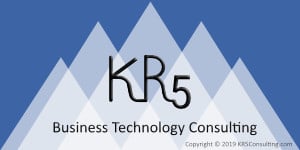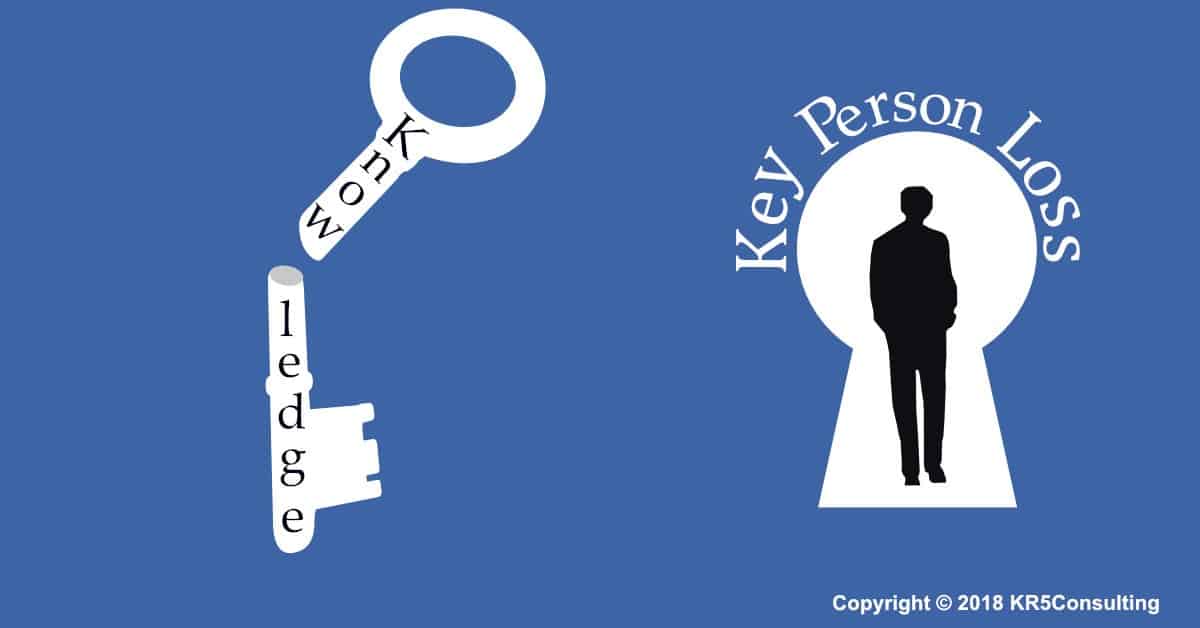Are you wondering how to assess key person risk? Worried about what would happen to your business if someone left? Concerned that you’ve got too many eggs in one basket? Then read on and learn about the simple steps to take control.
In this blog we look at key person risk, also known as key man risk. Leaders might worry about the day-to-day impact, or fear all their hard work unravelling. Chances are, the owner is the biggest key person risk, and yet some will be in denial. Facing an issue takes courage. When a leader recognises this, they have taken the first step to sorting it out. In the case of key person risk, forewarned is forearmed.
It’s normal
A business might start with a few single-minded people with a passion to change the world. Founders make decisions, acquire knowledge, and let’s face it, make things up as they go along. Creating a business is a very personal and human affair. You’d expect that of a start-up, yet as time goes on and with aspirations to scale, owners know the business must change to grow.
You can reduce key person risk through a better system. Our Business System: An Essential Guide to Growth guide will help you design a robust system for better results.
Be prepared

I recall a conversation with Commodore Campbell Christie, CBE, Royal Navy who said that he’d call in his next in command into his office. He’d then say, “I feel a bullet coming on” and slump in the chair. Of course, for the military this is a real possibility with officers wounded or killed. Nevertheless, good practice to test those operations continue unaffected. Would others be able to take on your work if you felt a bullet coming on?
The Royal Navy knows the importance of being prepared. They have systems, processes and provide training. In the case of this test, it provided a training opportunity. Imagine being that officer, you’d feel empowered and learn so much about yourself and your responsibilities.
Why Assess Key Person Risk?
Why is assessing key person risk important? Scaling a business moves from ad-hoc to repeatable, and from risky to resilient. It’s part of the journey to maturity. The ability to swap people in and out gives you more flexibility and helps build the business.
As a business owner, you need to be able to train up your staff. As the business scales, they may need to take on more responsibility. So, what are the steps to assess key person risk?
Step 1 – Identify the key people

You’ll find it easier to break the problem into more manageable chunks. The first step in assessing key person risk is to list the key people, and don’t forget yourself! If you have several people, it makes sense to prioritise. Ask yourself, if Jo didn’t show for work, how would that impact the business? You don’t need to overthink this, gut feeling is fine, after all you’ll work through the entire list in due course.
Step 2 – Identify business areas of concern
One way to think about your business is to divide it up into core and supporting processes. The core processes or value stream are the series of steps that deliver value to the end customer such as sales, marketing, and production. Then there are the supporting processes that enable the core processes to run well such as finance, human resources, and information technology. Now ask yourself, which of those areas might be at risk if a key person goes? Prioritise if there is more than one area of concern.
Step 3 – Identify impacted capabilities
We need to be more specific, and break that down further. One way of doing that is to think about the capabilities for each area of concern. You might think about planning, managing, doing, or reporting. For example, in sales, you’d expect a prospecting plan, managing opportunities and pipeline, forecasting, qualification, proposing a solution, and negotiation. Once again, we’ll create a prioritised list.
Step 4 – Define the risk
We know the affected areas and impacted capabilities. We have a prioritised list and have a pretty good idea of what we’re dealing with. Now, for each capability, flesh out the detail. Does this key person make decisions, get things done, have certain knowledge or something else? Write a short paragraph for each capability.
Step 5 – Capture the impact and priority
With the list of risks, we can add a little more detail to help prioritise. Looking at each risk, what is the impact of the risk. For example, if there’s a reduction in prospecting then what would happen to sales? How long would that take? How would that impact the rest of the business? Use this new information to mark this as high, medium or low priority. At the end of this process, you’ll have a good list of key person risks to work through.
Finally

Assessing key person risk is like shining a light on the business. Although you may not like what you see, it’s better to face issues than put your head in the sand. The good news, if you’ve found issues, is that you’ve discovered them early. This means you can tackle them before they impact your business. The assessment gives you a prioritised list to work through. You can tackle them one by one – which is much more manageable than a crisis.

